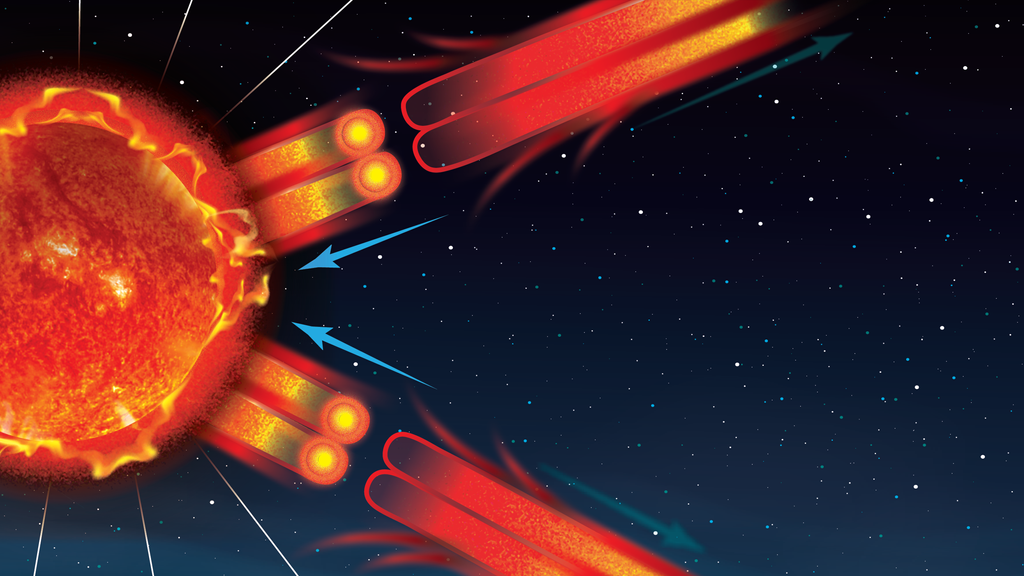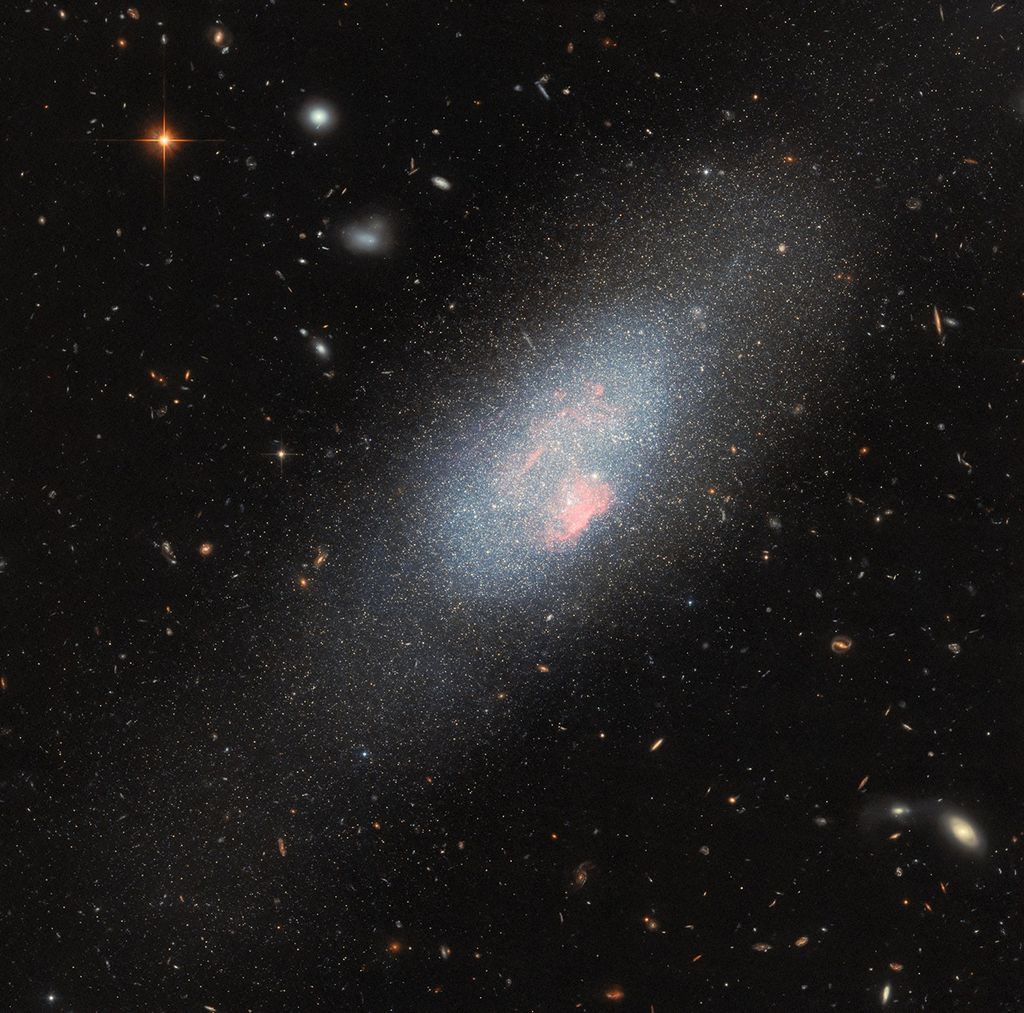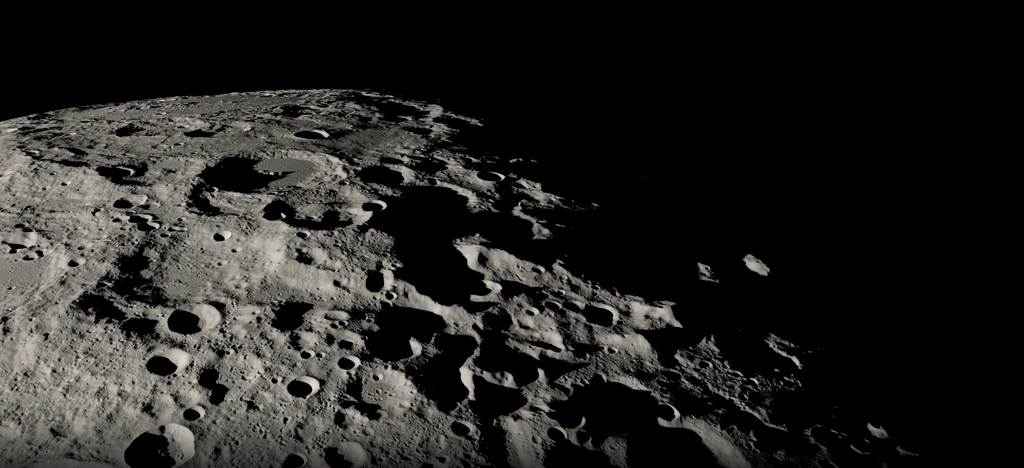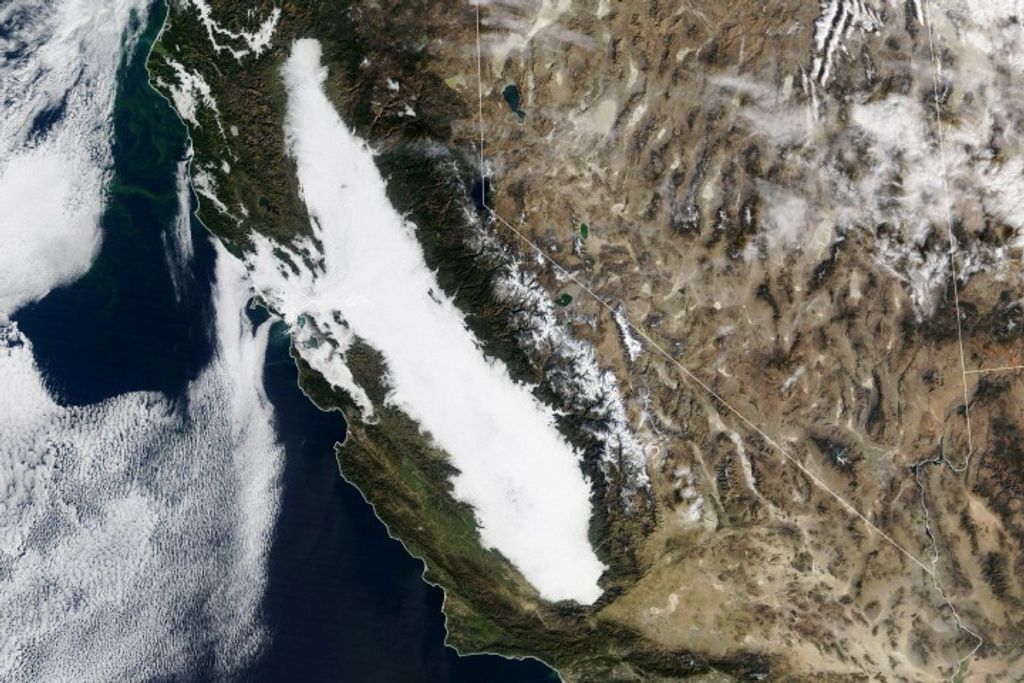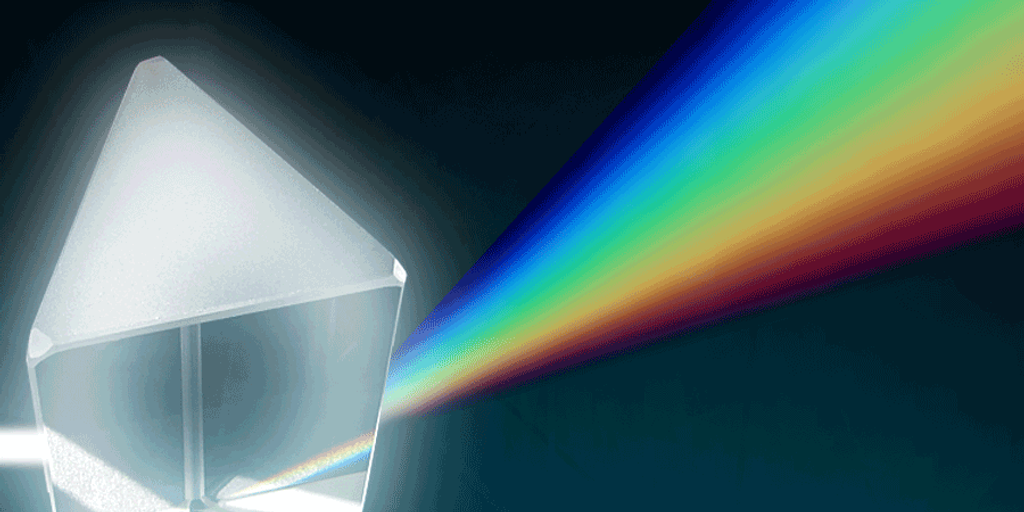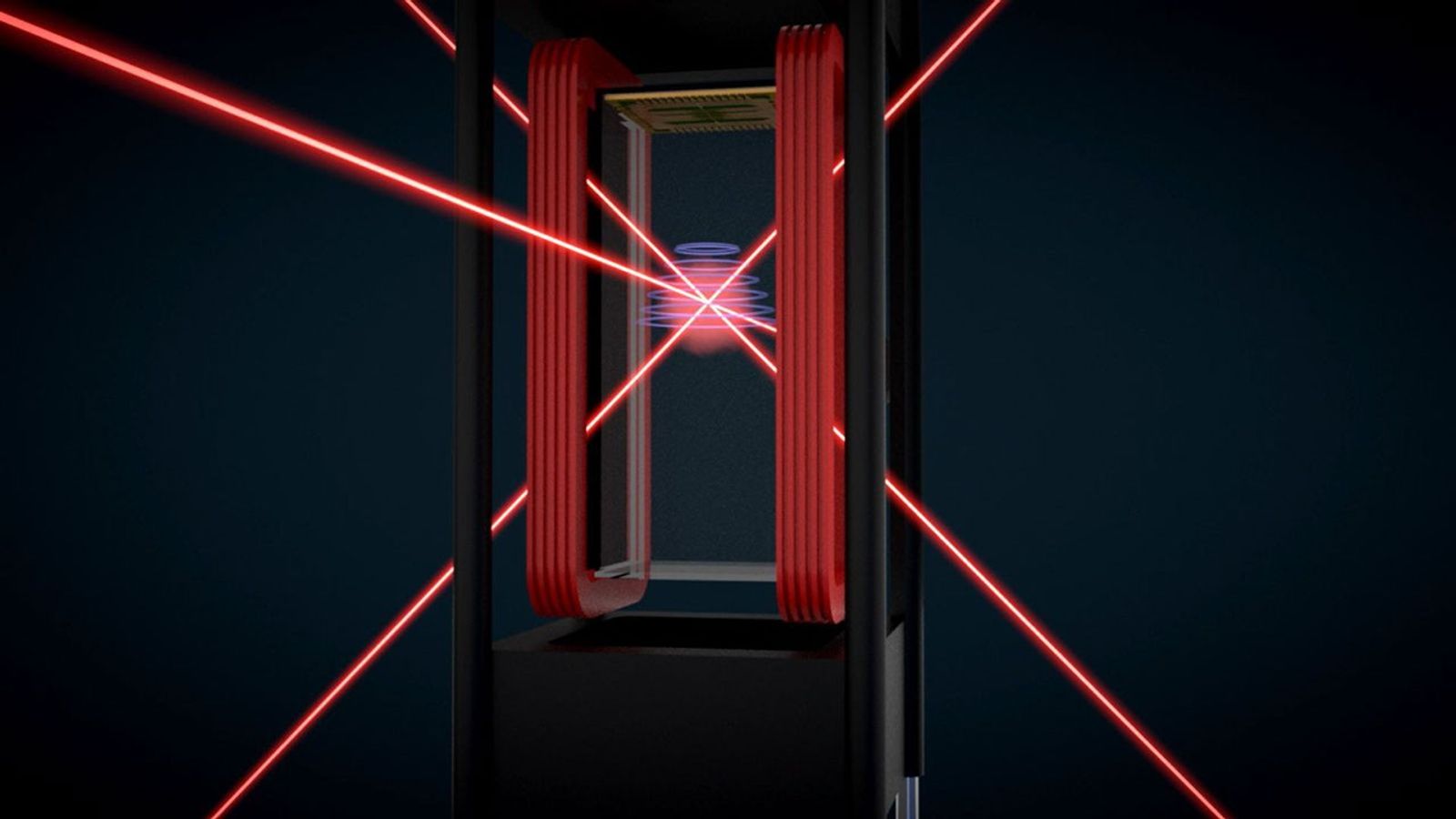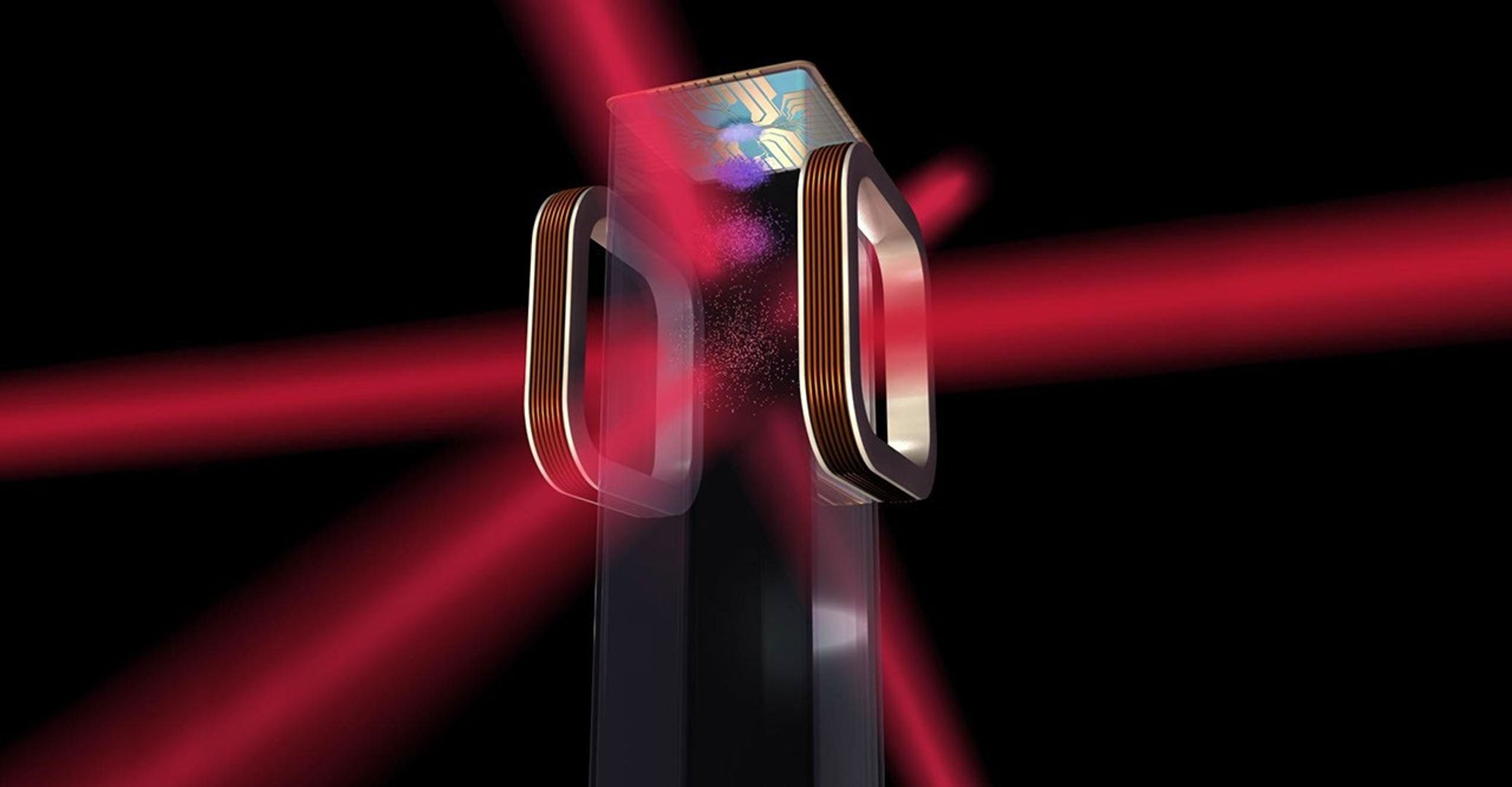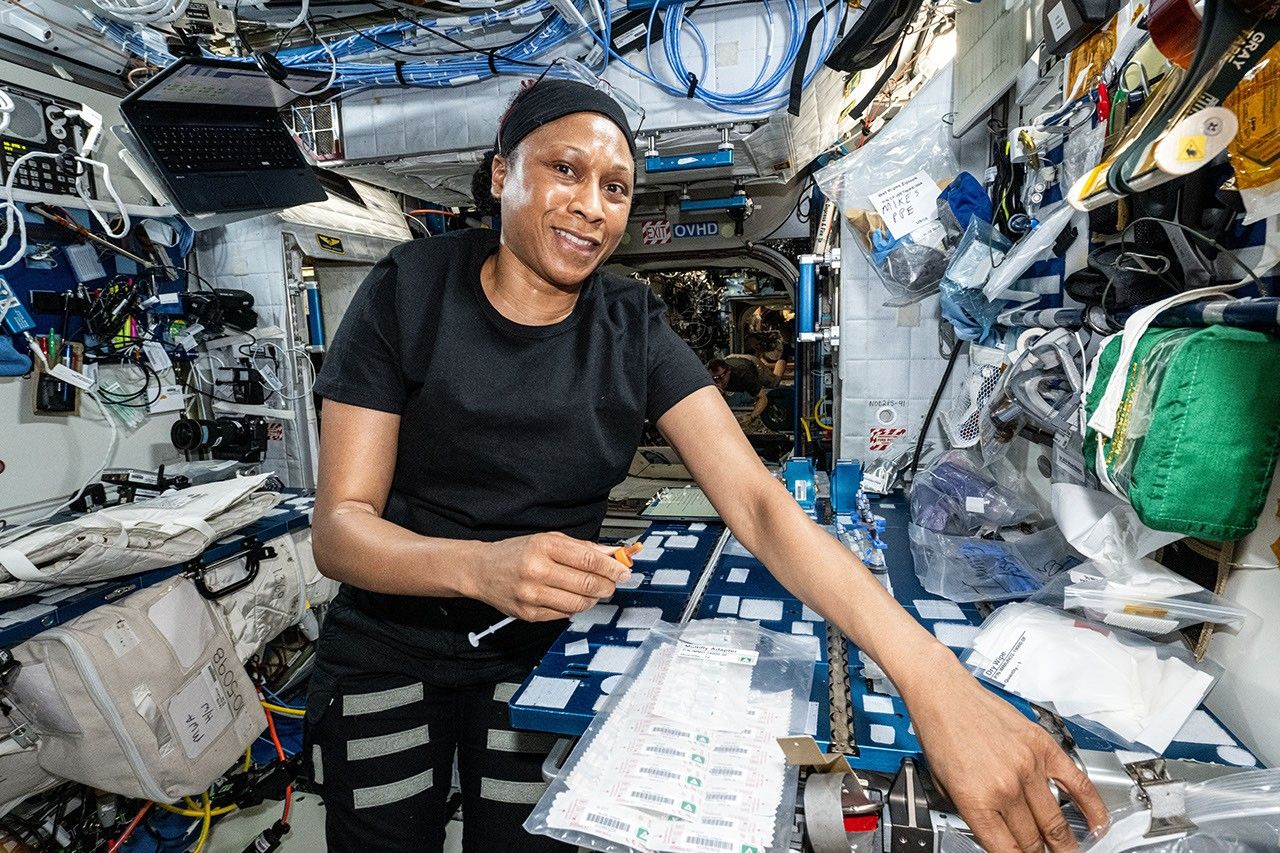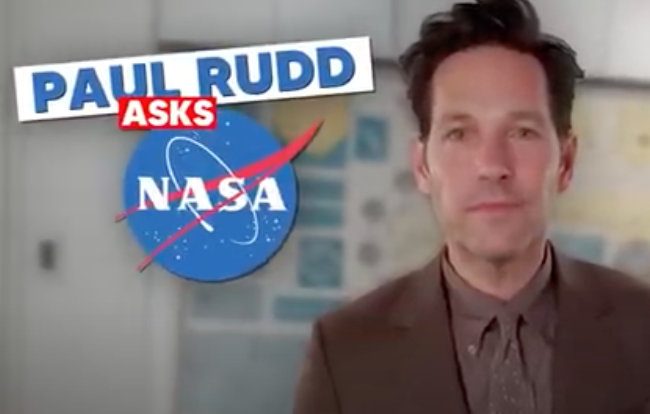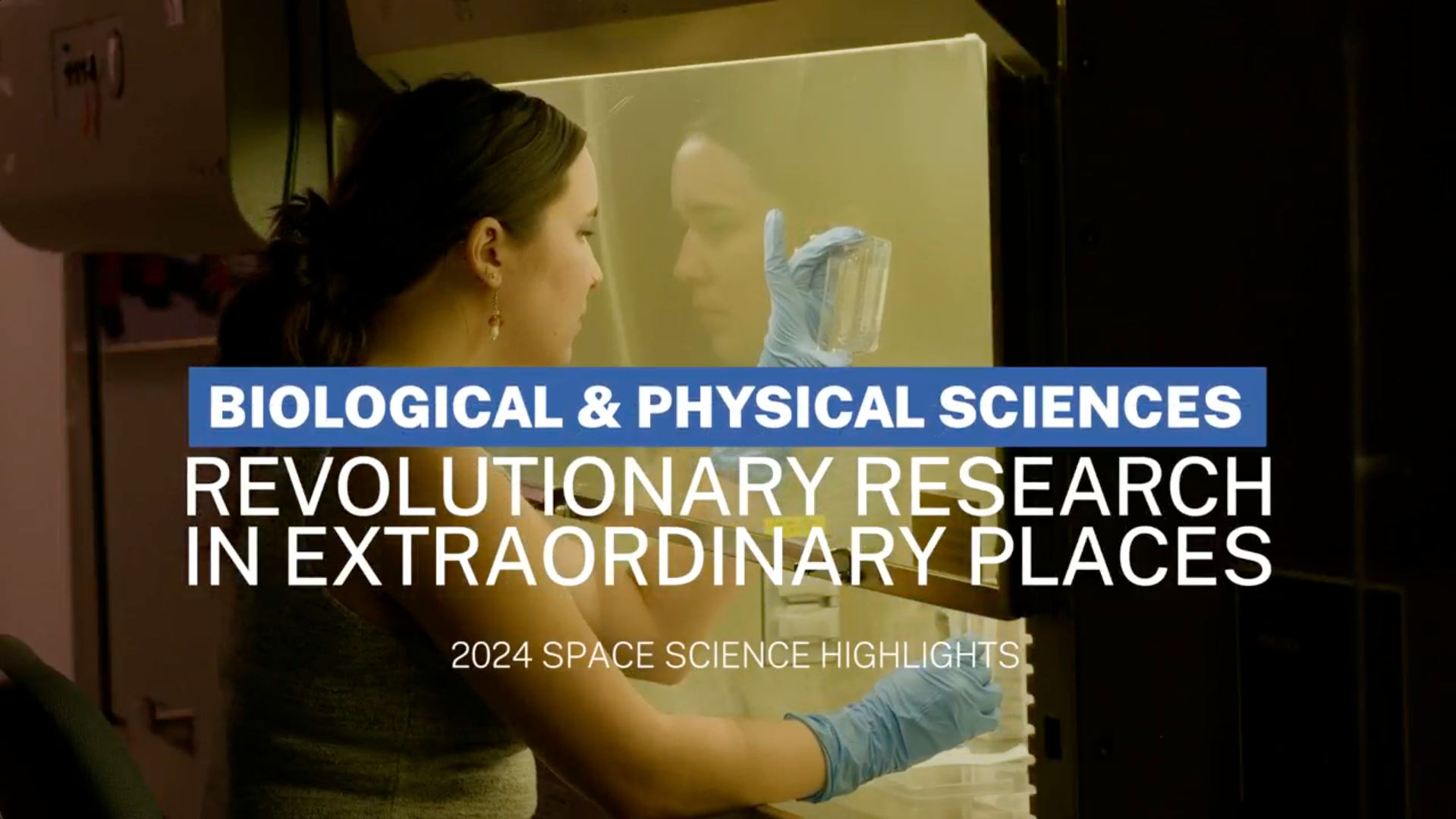Impact & Benefits
Much remains unknown about our universe – 95% of matter and energy, to be more precise. While scientists have made many discoveries using contemporary physics, abundant mysteries remain. That’s why NASA researchers use space to probe phenomena, such as quantum gases and entanglement, and the ties between the quantum world and Einstein’s theories.
Quick Facts
Why NASA Studies the World We Don’t See
NASA’s Biological and Physical Sciences (BPS) Division uses the unique conditions of space to dive deeper into the behavior of these atoms and, at the same time, to uncover whether Albert Einstein was right about how the universe behaves. In Einstein’s theory, time does not pass at the same rate for everyone. Space and time are warped by matter.
Learn More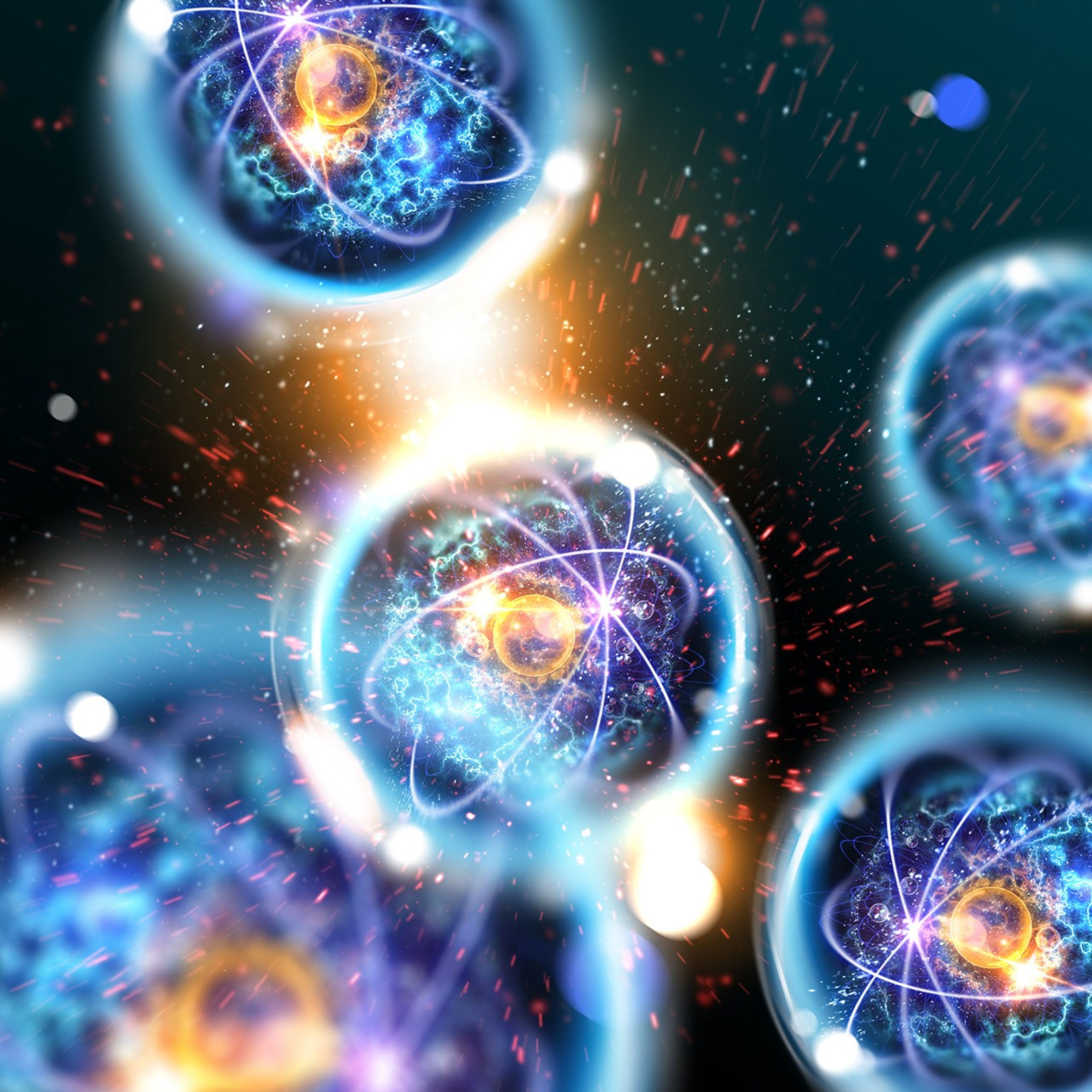
Investigations
-
01
Cold Atom Lab
Uses the space station's microgravity environment to study quantum phenomena in ways that aren’t possible on Earth. The facility uses lasers to cool atoms down to less than a degree above absolute zero, which enables scientists to make more detailed observations of atoms and how they interact with each other. Multiple groups are conducting experiments inside the Cold Atom Lab, which is operated completely remotely from NASA's Jet Propulsion Laboratory.
-
02
Space Entanglement and Annealing QUantum Experiment (SEAQUE)
This experiment will test technology that could make communications easier and stronger between quantum systems across significant distances. It aims to validate a new technology in space to improve how quantum computers communicate, using space entanglement. The SEAQUE platform will be affixed to the outside of the International Space Station, where the instrument will be exposed directly to the space radiation environment.
-
03
Atomic Clock Ensemble in Space (ACES)
This experiment tests fundamental physics from the outside the space station. According to Einstein’s theory of general relativity, gravity affects the passing of time. Experiments on Earth have shown that time flies faster at higher altitudes, such as the tops of mountains, than at sea level. ACES will take this experiment to the next level, making precise measurements on the space station as it flies 400 km above Earth.
What is quantum science?
Quantum physics is the study of extremely small atomic particles. Quantum science aims to better understand the world around us and apply quantum theories to real-world technology solutions. Many technologies used in everyday life today have been informed by quantum research, including cell phones, computers, GPS navigation, medical imaging, and more.
Learn More
ADDITIONAL
Biological & Physical Sciences.
Our Goals At-A-Glance.
BPS Scientific Goals Overview
Revolutionary Research in Extraordinary Places.
NASA research contributes to breakthroughs that advance national priorities and maintain U.S. leadership in science and technology.
Studying the fundamental effects of space stressors (such as radiation and microgravity) on biological and physical phenomena promotes mission success and benefits life on Earth.
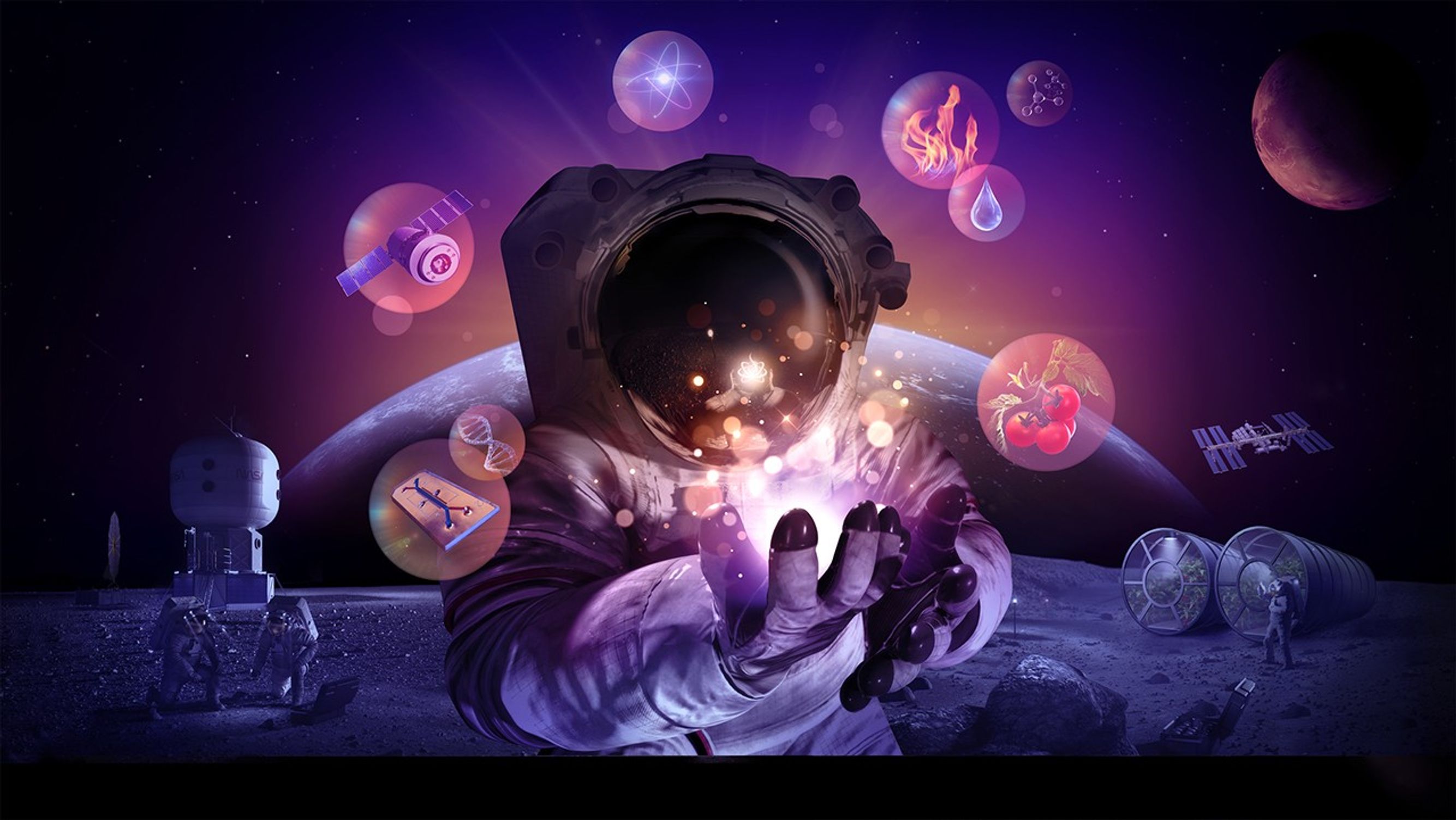
Precision Health
Leveraging space to unlock the secrets of aging and disease
Stressors encountered during space travel can affect human health, including bone and muscle loss, immune system function, microbes, and other biological responses. NASA research could provide vital information needed to help protect astronauts during future deep-space missions and advance the prevention and treatment of disease for people on Earth.
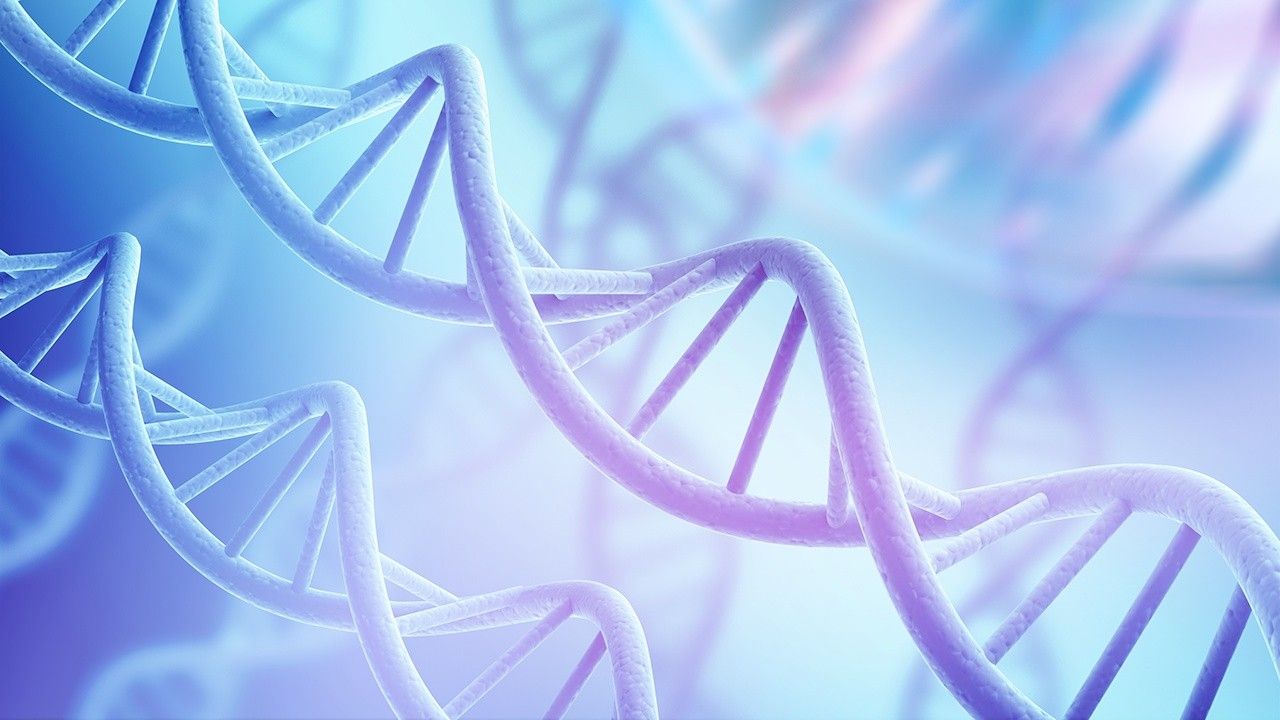
Foundations
Revealing the novel behaviors of fluids, fire, and materials in space
Physical phenomena behave differently in space: how flames burn, fluids flow, and materials react to extreme conditions. Research in these areas can lead to scientific breakthroughs and new technologies that enable safe, sustained missions to the Moon, Mars, and beyond. It can also contribute to everyday life, including improvements in fire safety, manufacturing, commercial products, and more.
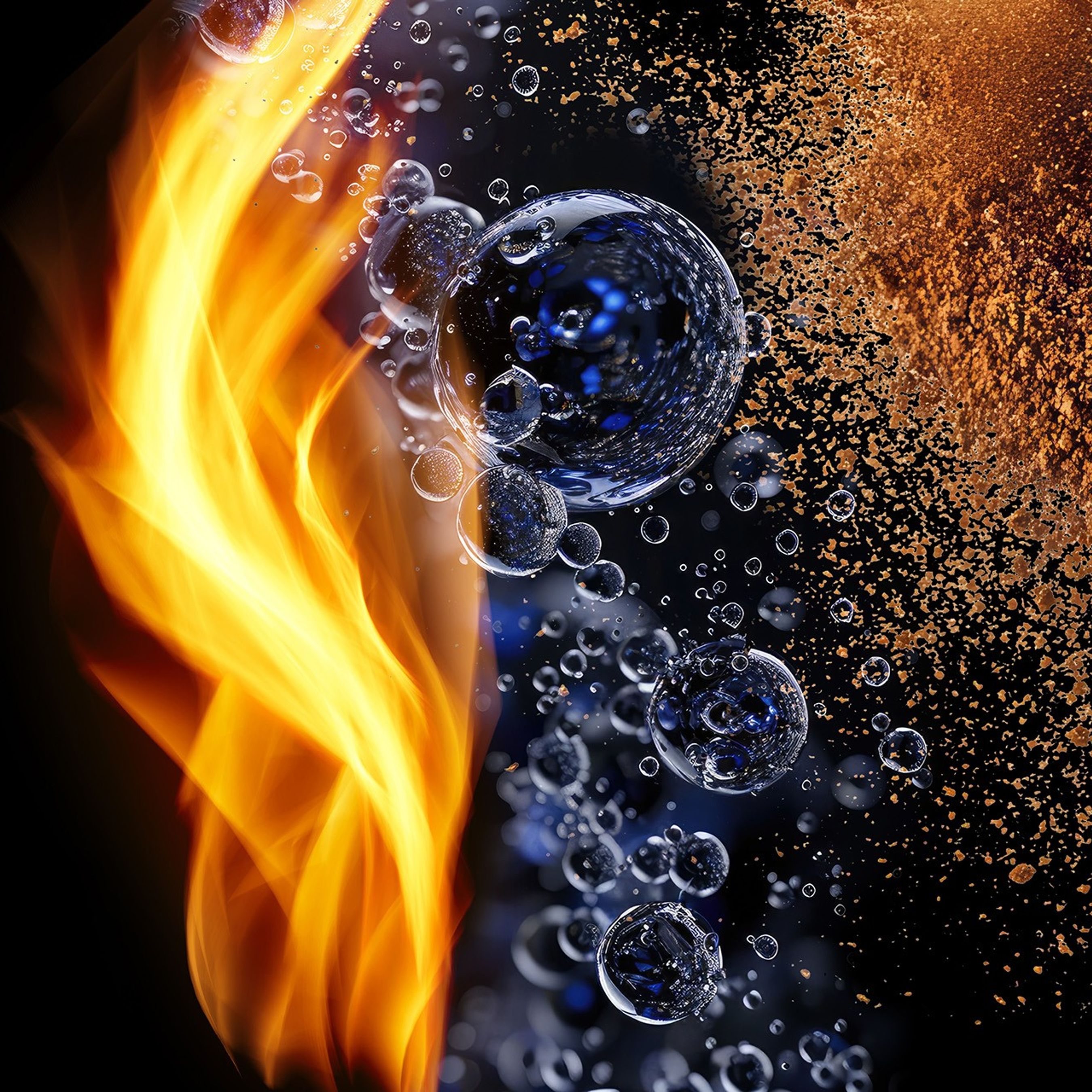
Space Crops
Boldly growing where no one has grown before
To go farther and stay longer in space, crew will need sustainable sources of nutrition. Crops can provide fresh food, benefit astronaut mental well-being, and improve space habitats. Studying how plants adapt to harsh conditions in space can lead to agricultural innovations that support deep-space exploration and improve farming in austere environments on our home planet.
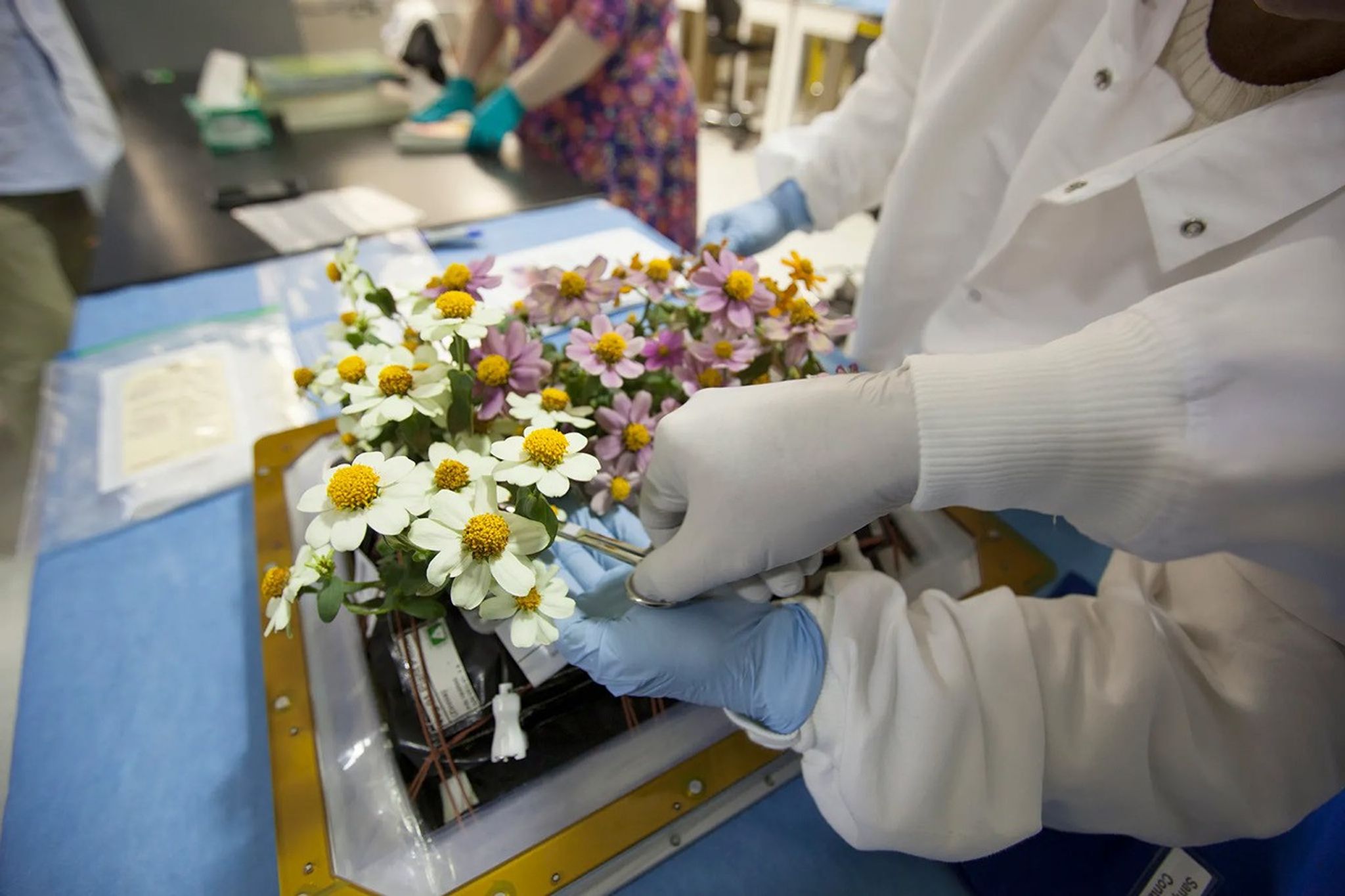
Space Labs
Advancing research in space, on any platform, anywhere
Conducting experiments in space reveals phenomena impossible to observe on Earth. Space Labs enable the use research capabilities across a spectrum of spaceflight environments — suborbital, low Earth orbit, Moon, Mars, and distant destinations — to push the boundaries of scientific knowledge.
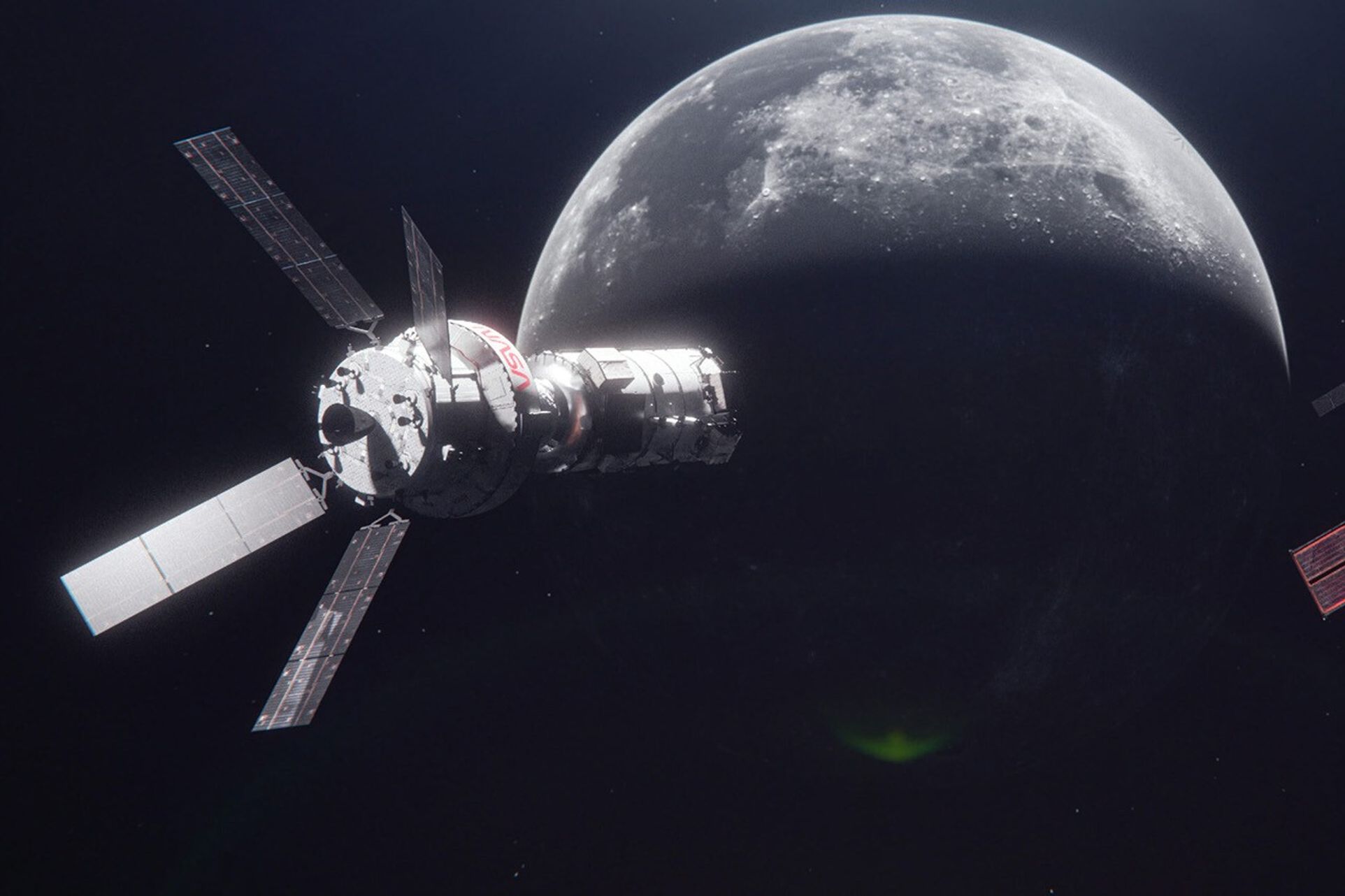
Explore More
Biological & Physical Sciences Division
-
NASA’s Biological and Physical Sciences Division pioneers scientific discovery and enables exploration by using space environments to conduct investigations not possible on Earth. Studying biological and physical phenomena under extreme conditions allows researchers to advance the fundamental scientific knowledge required to go farther and stay longer in space, while also benefitting life on Earth.



